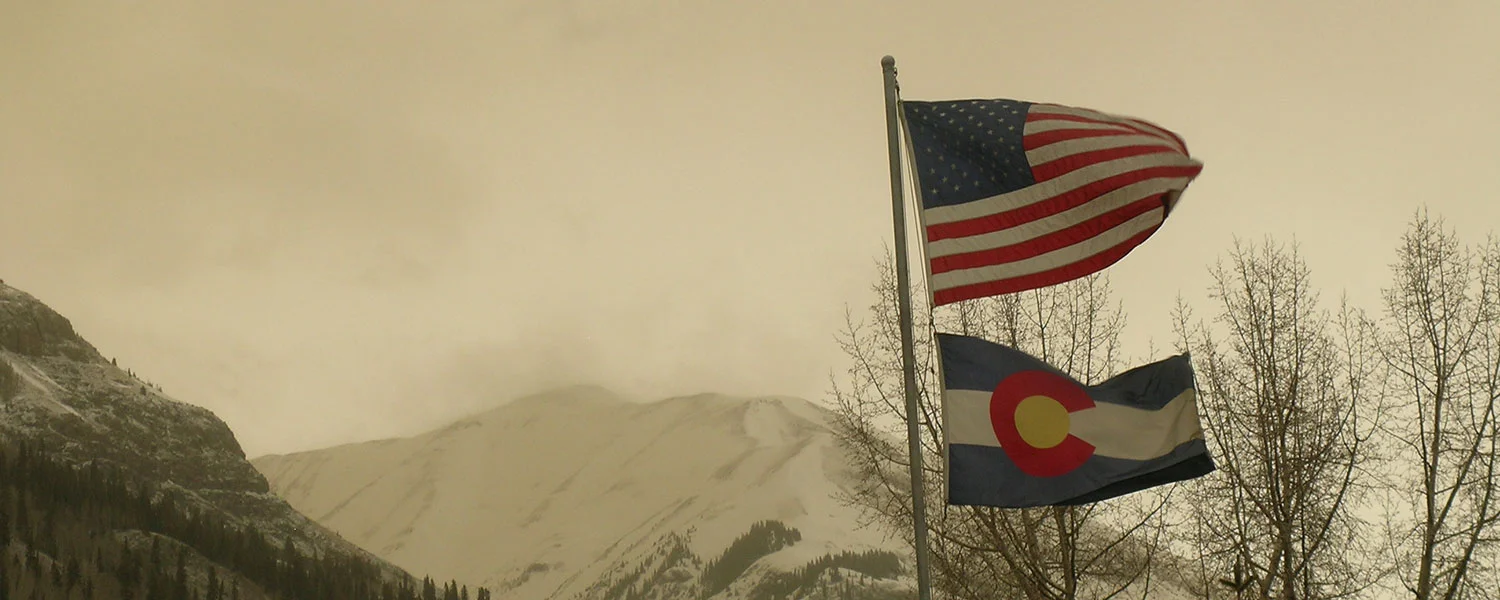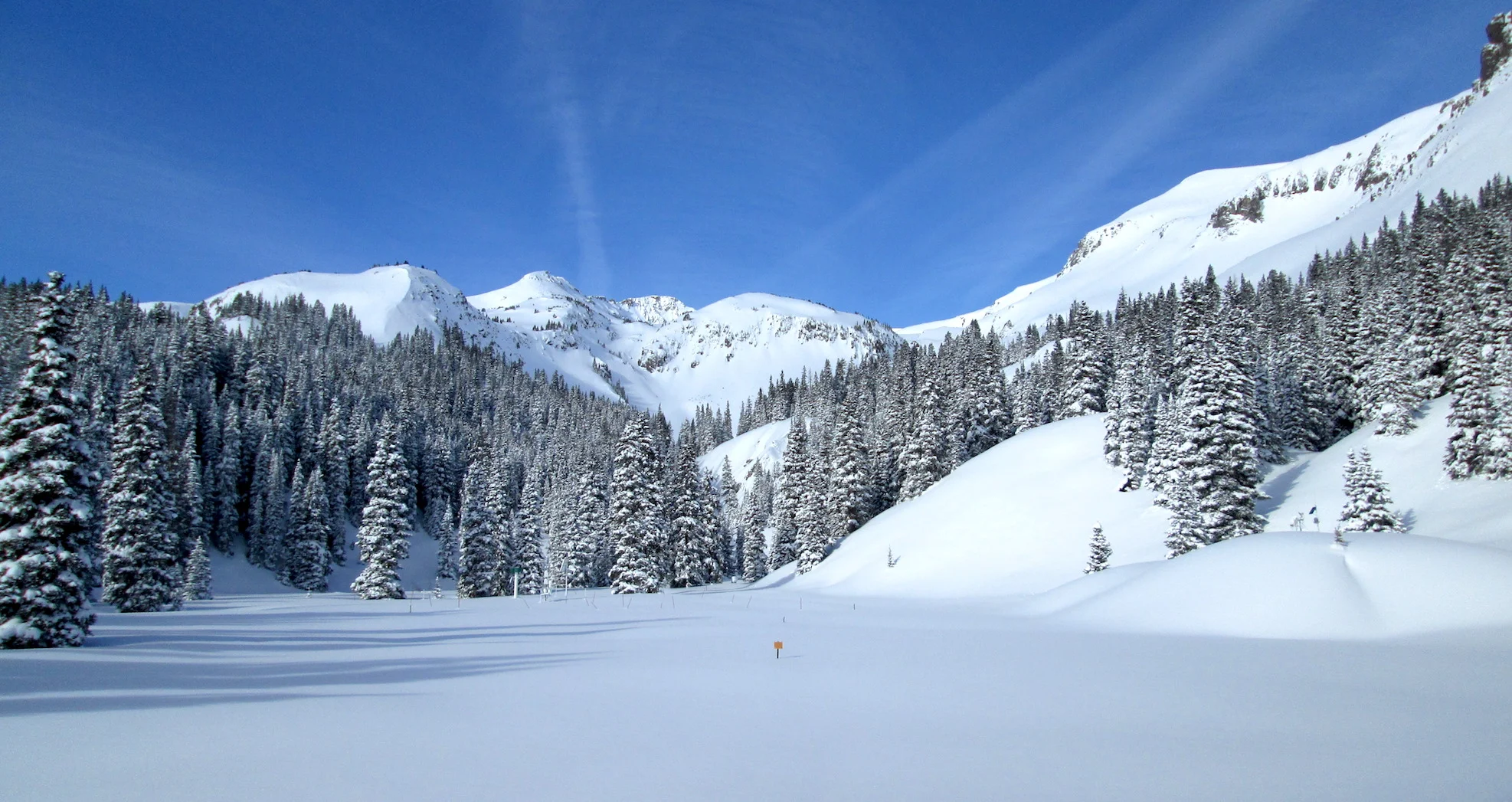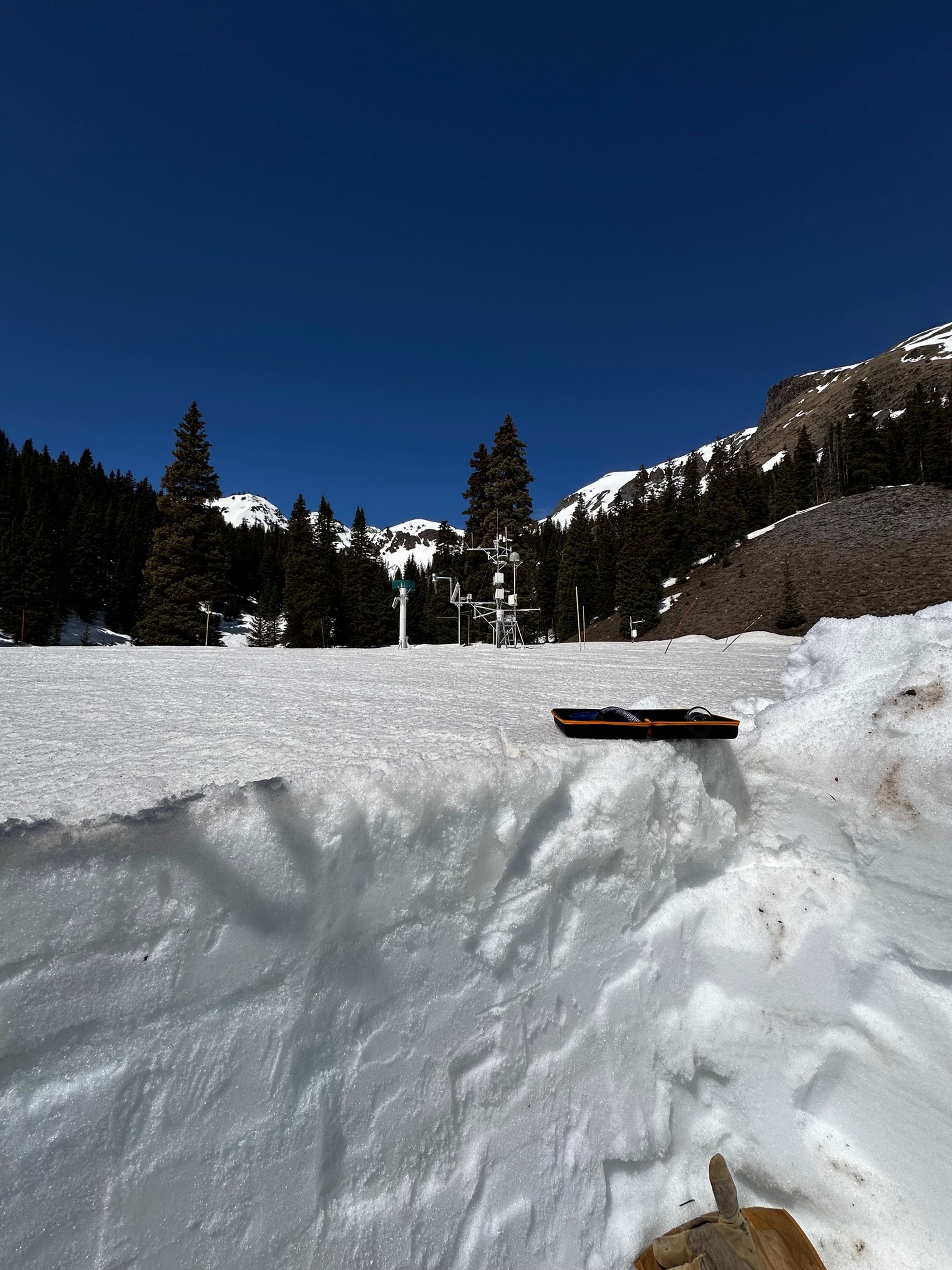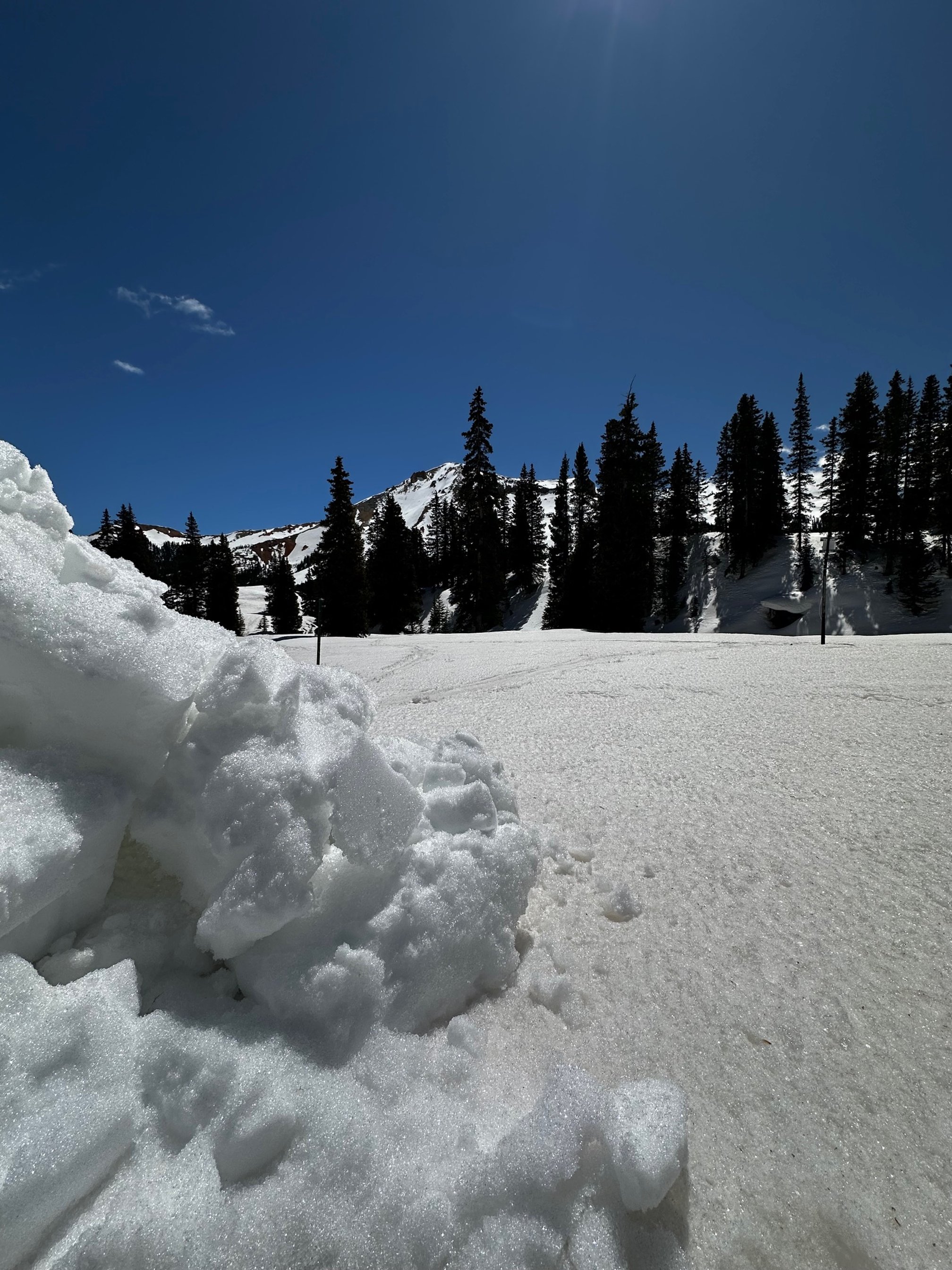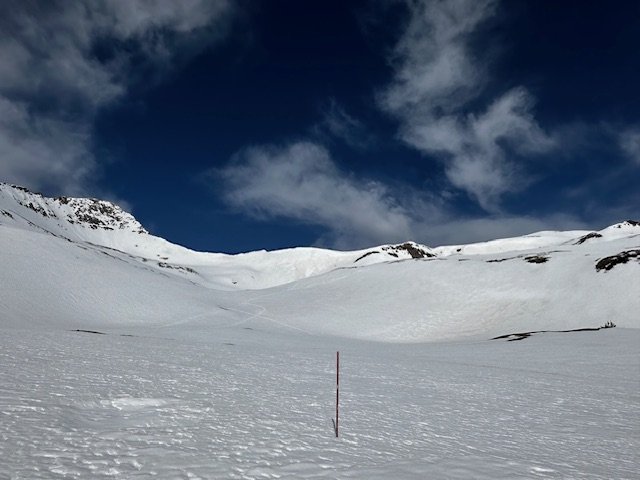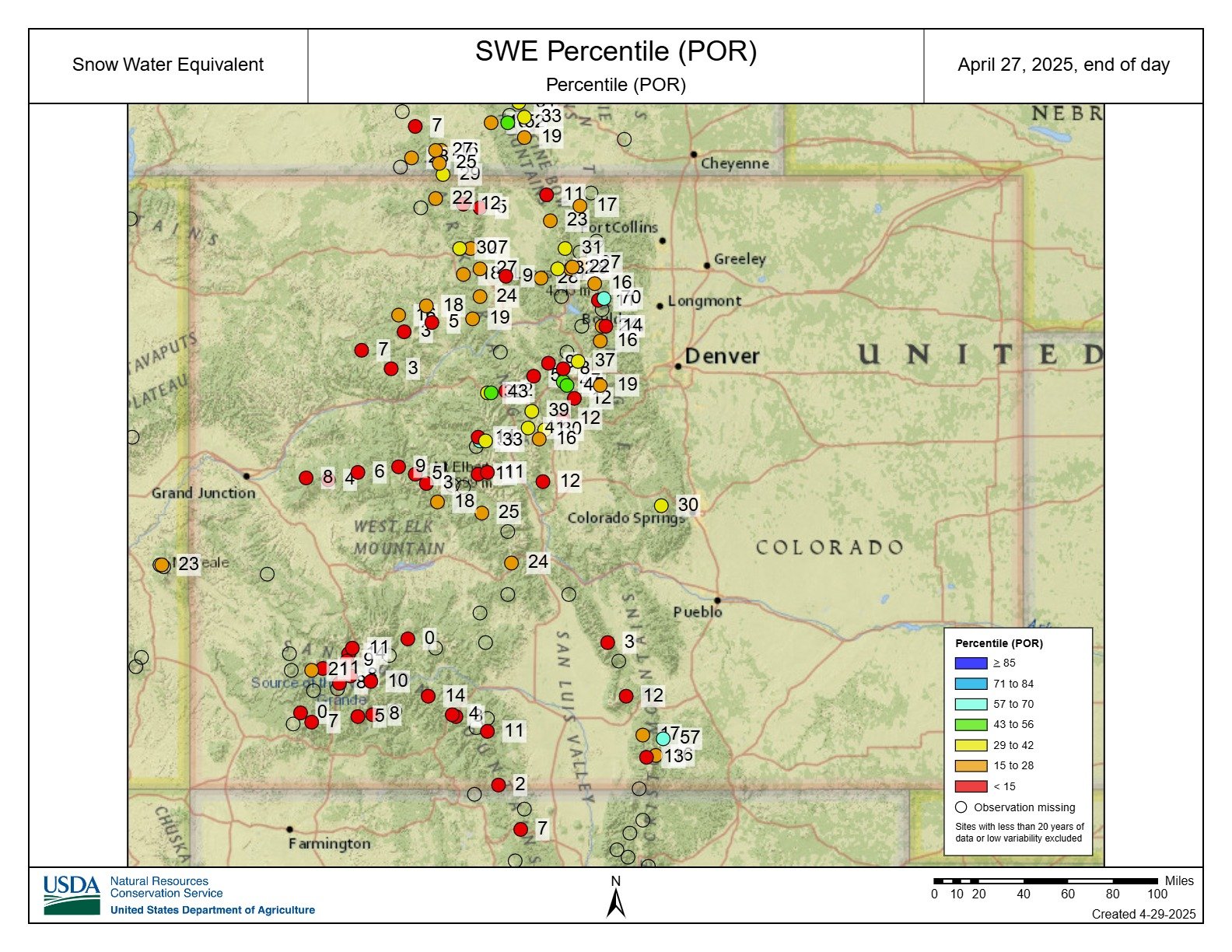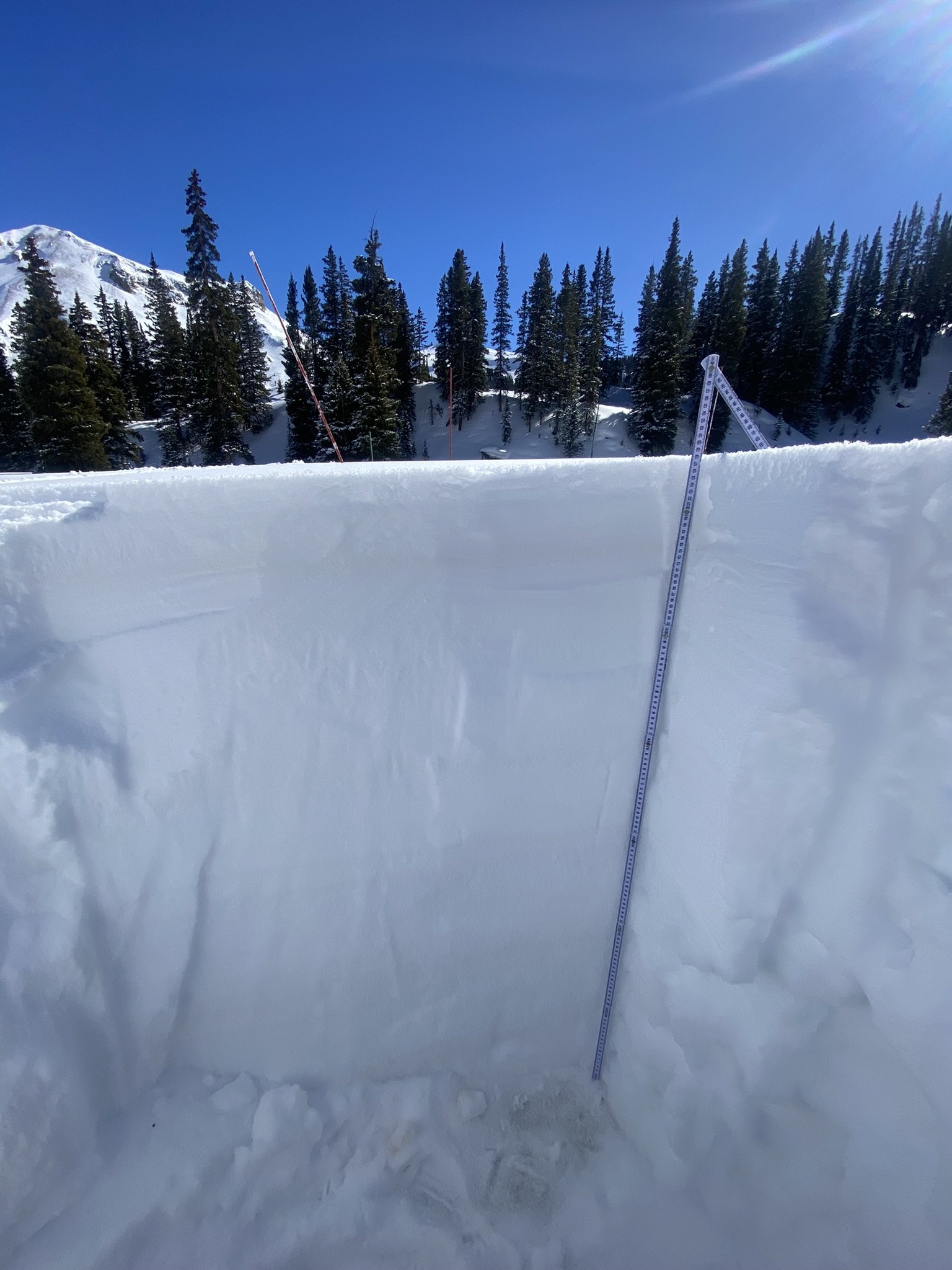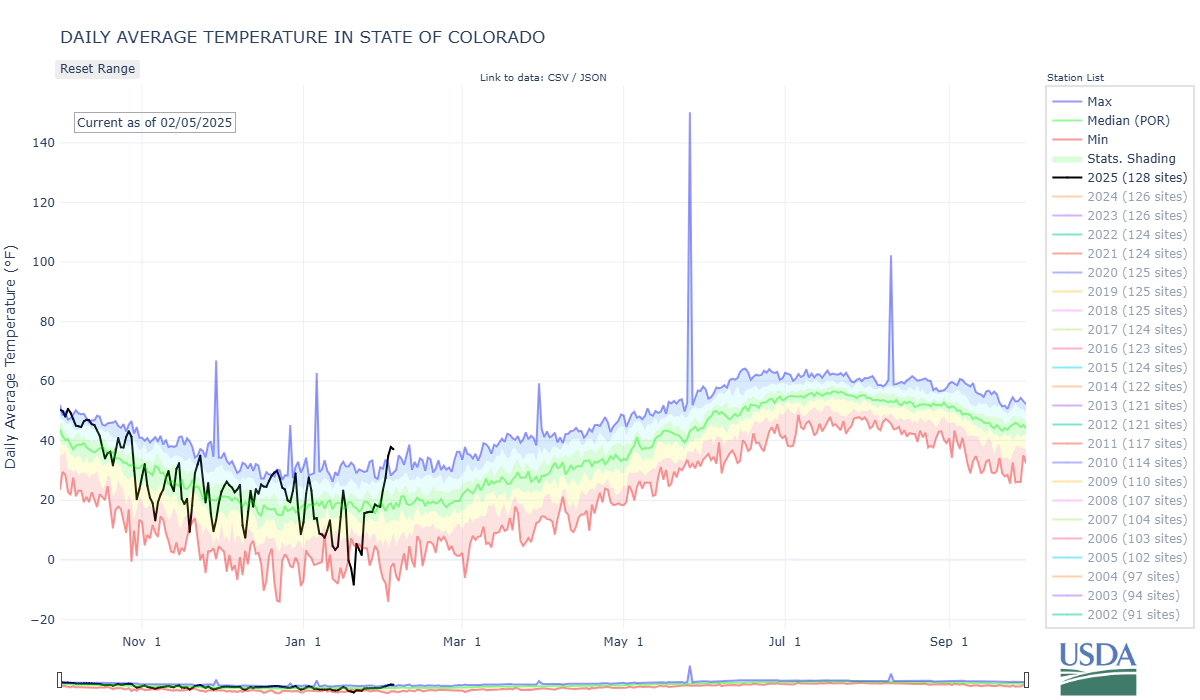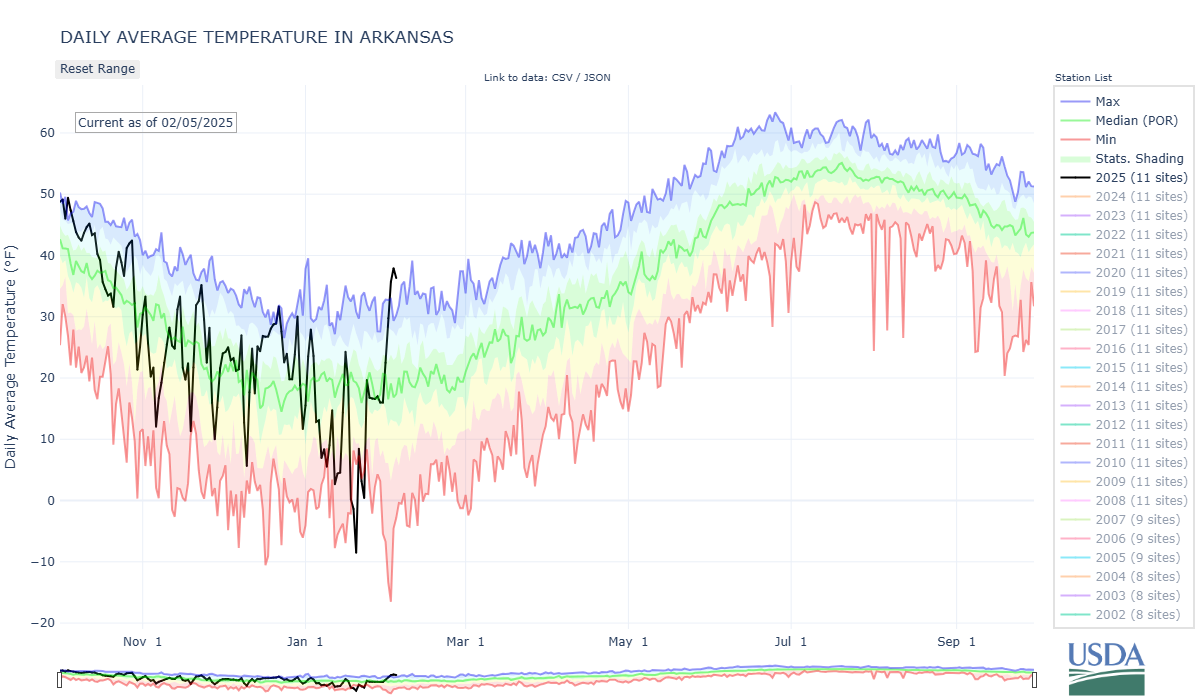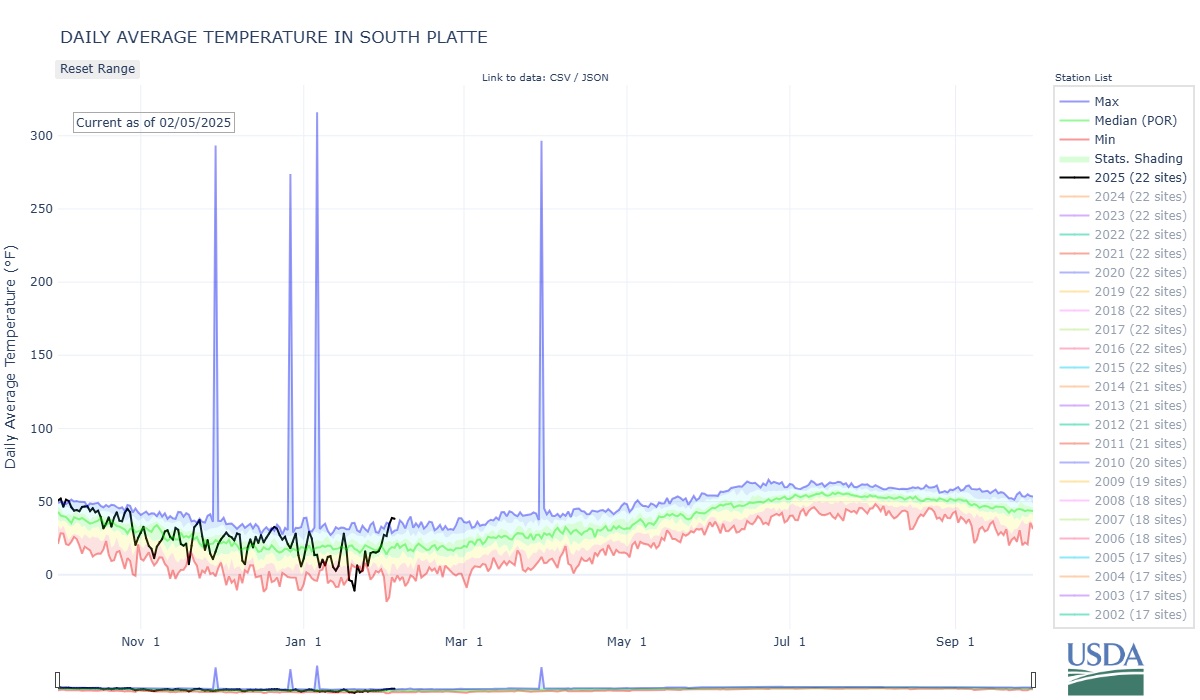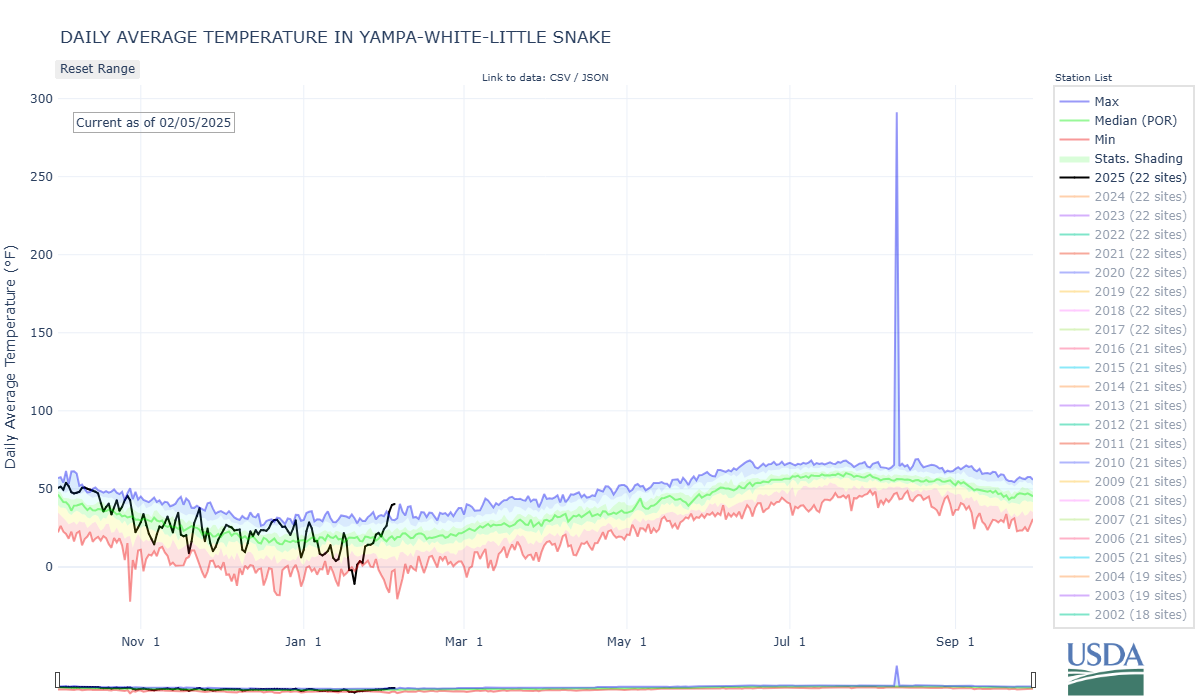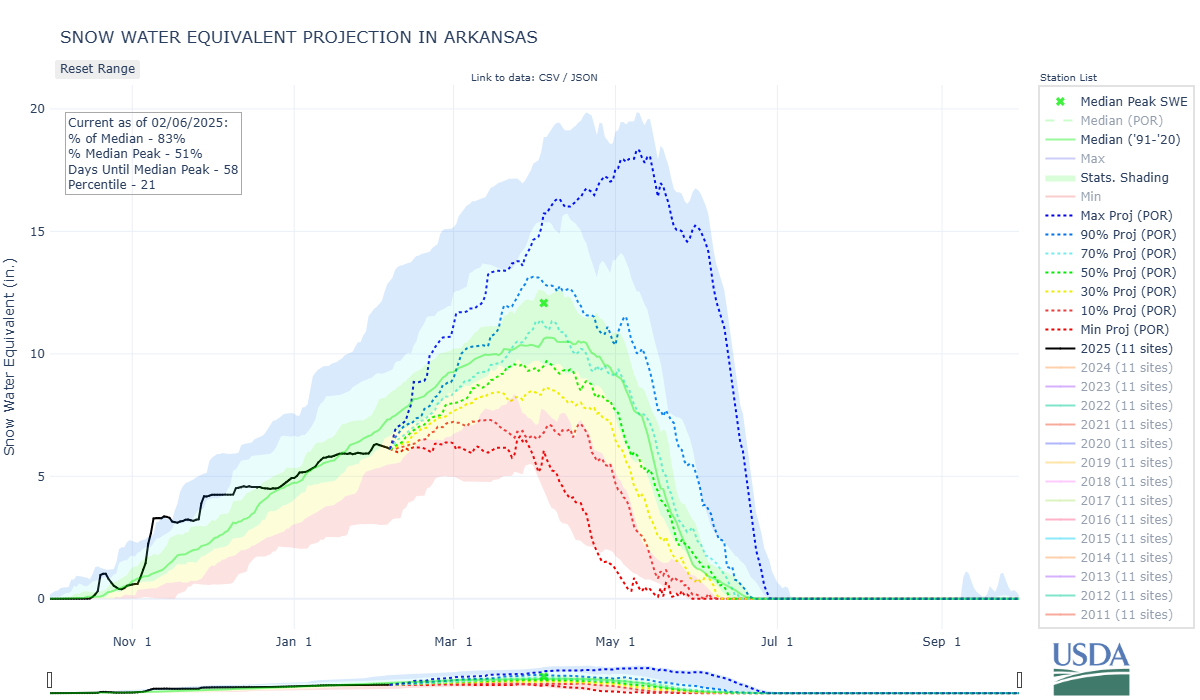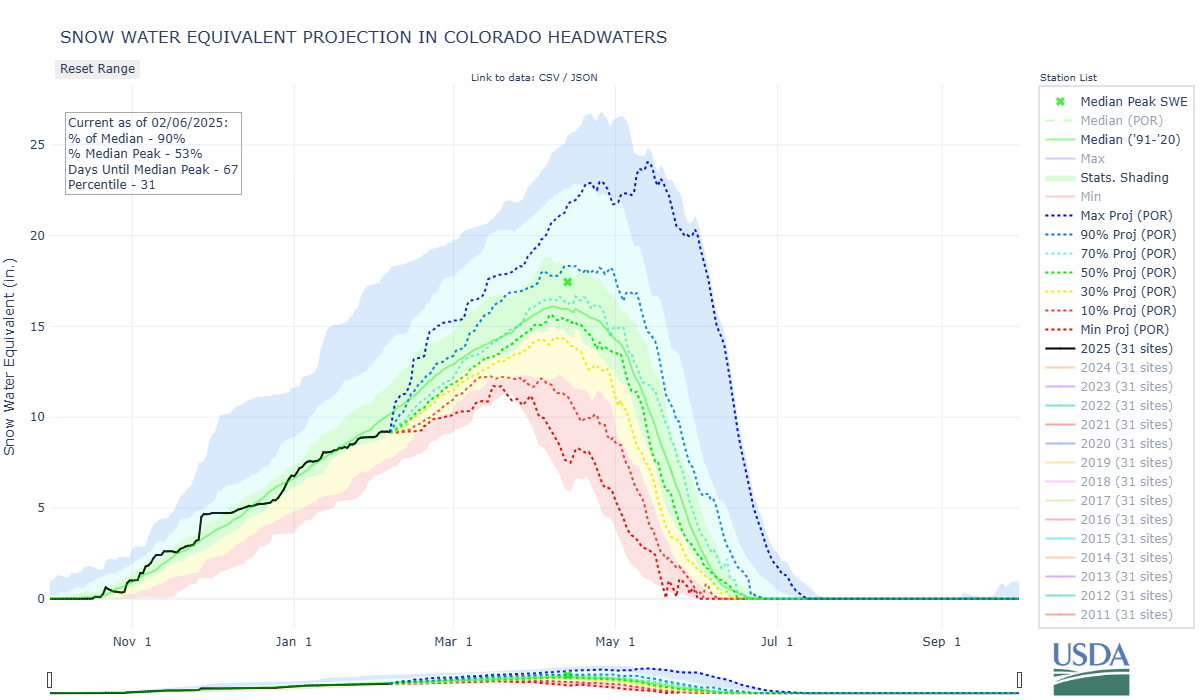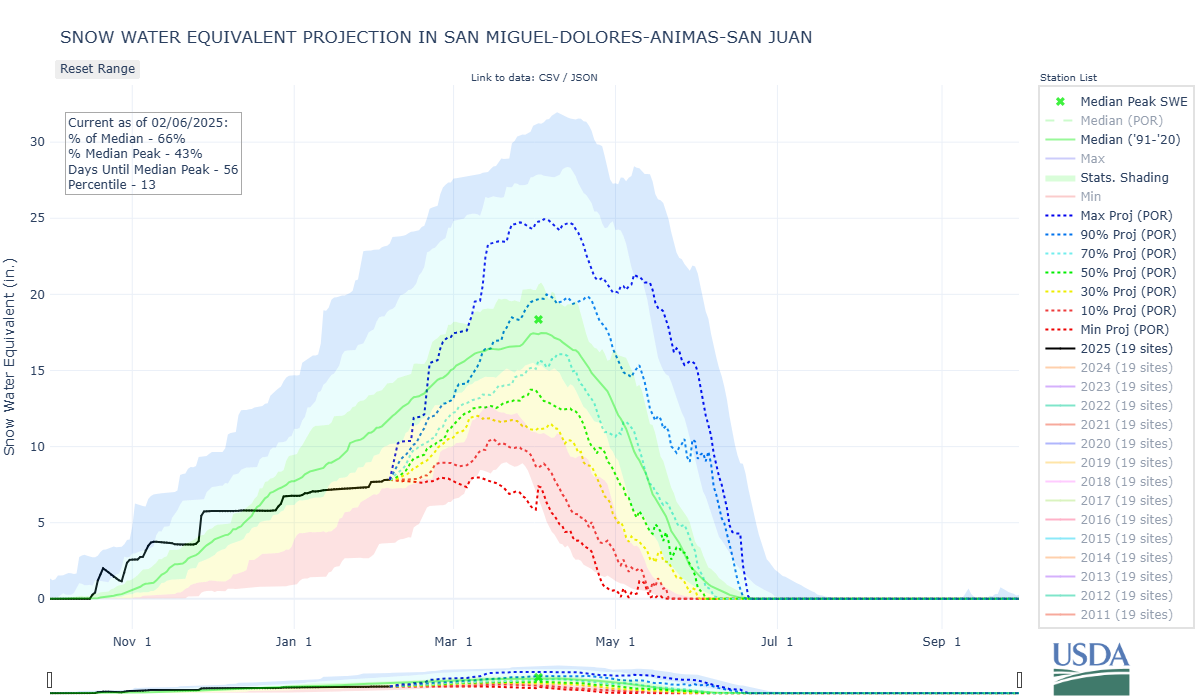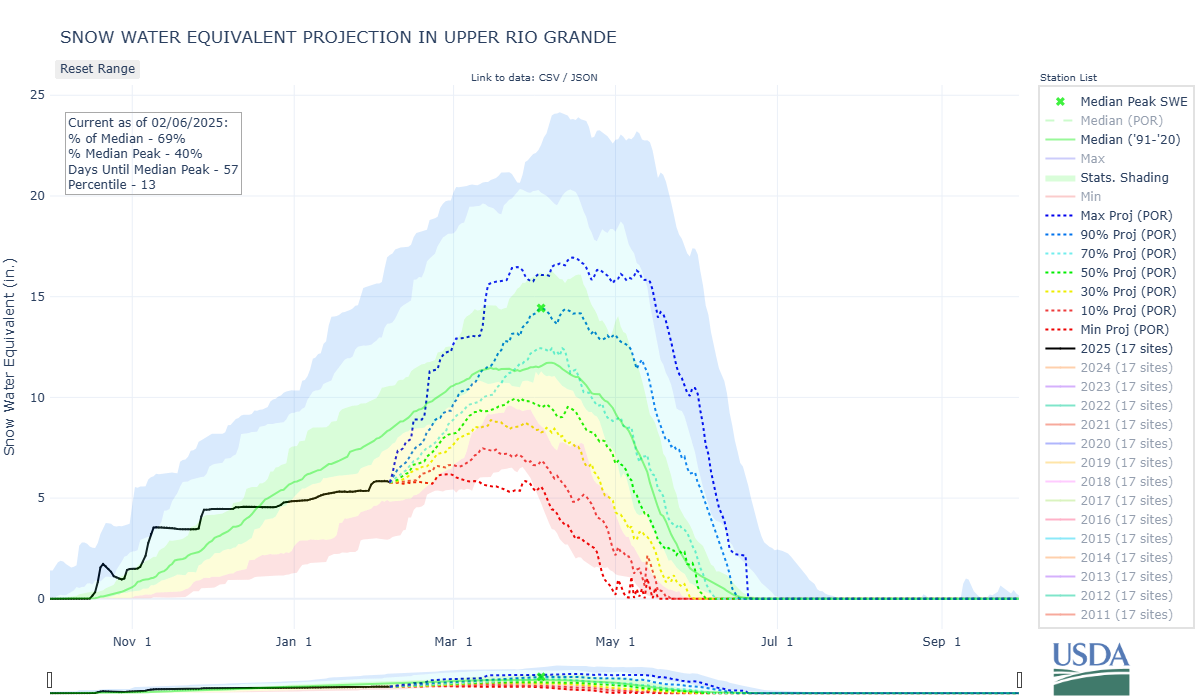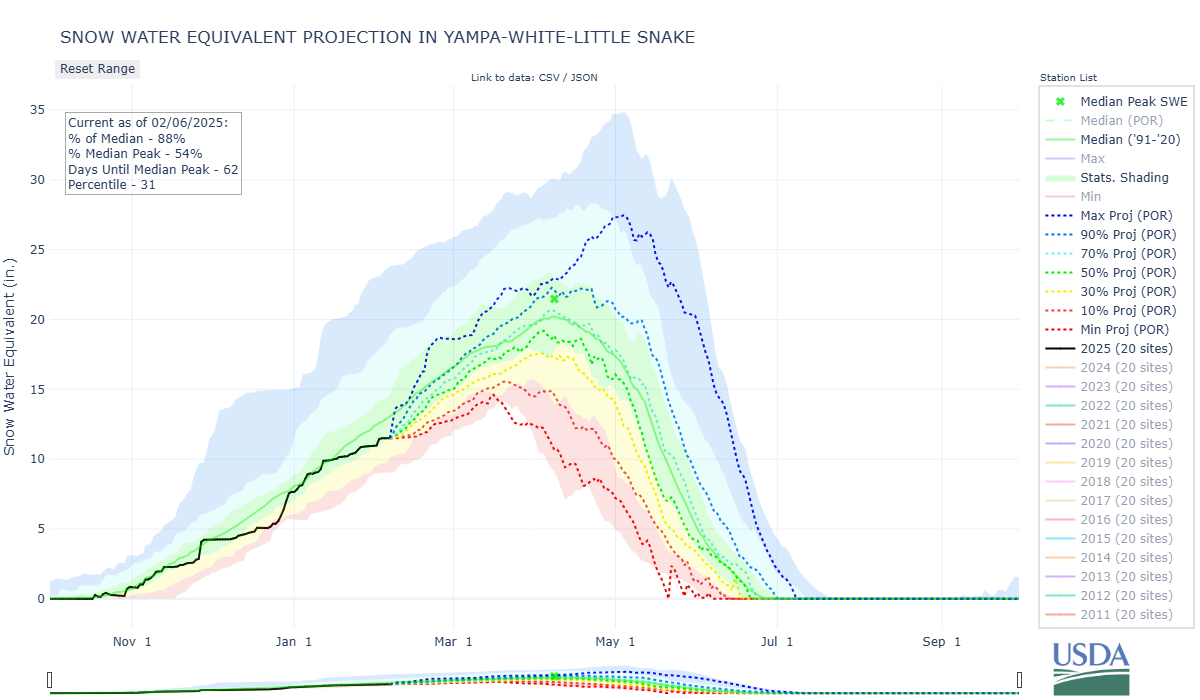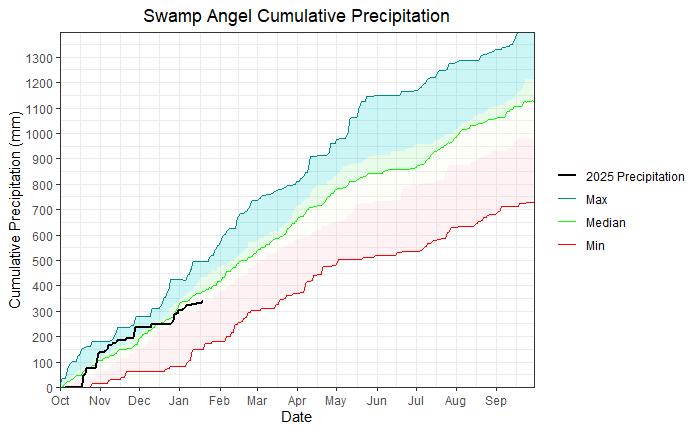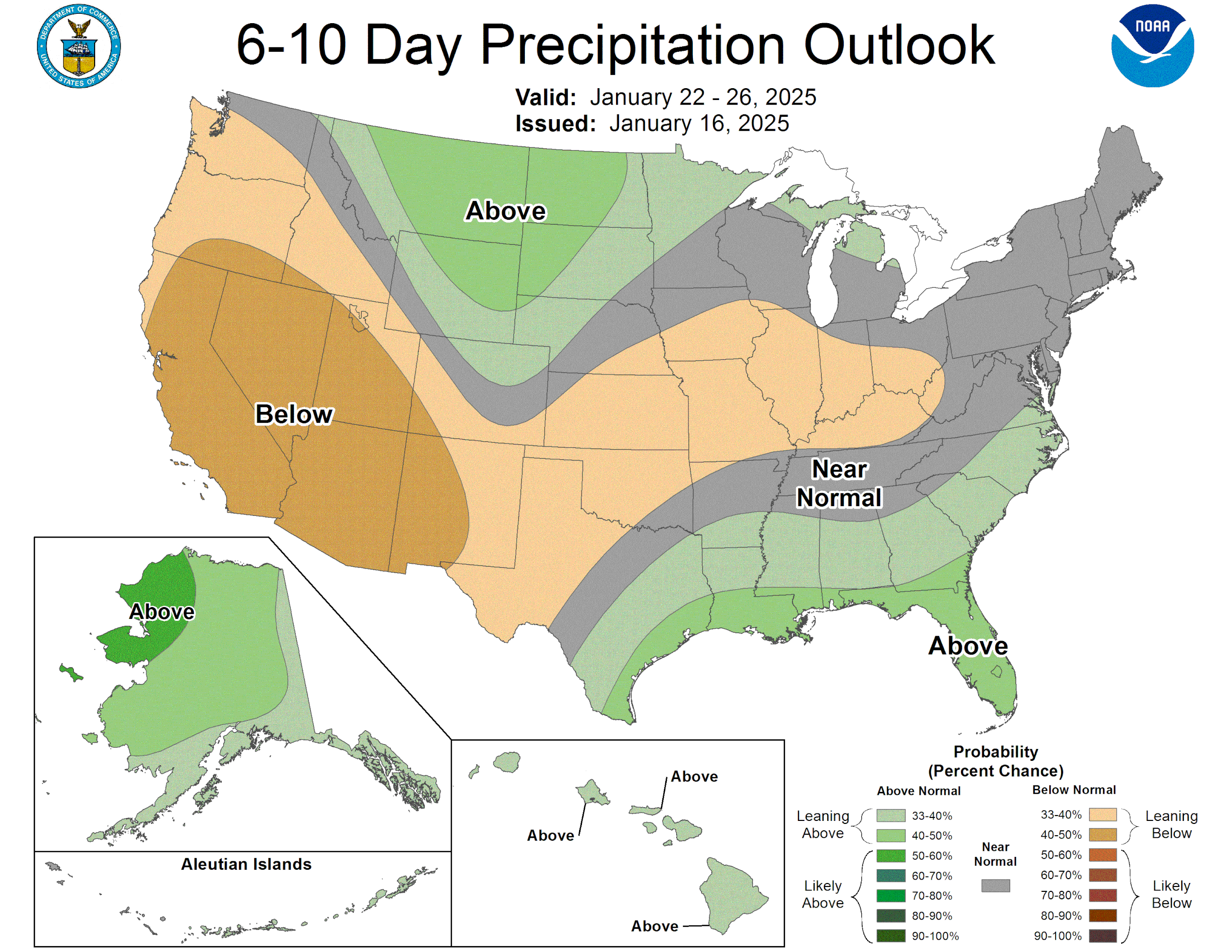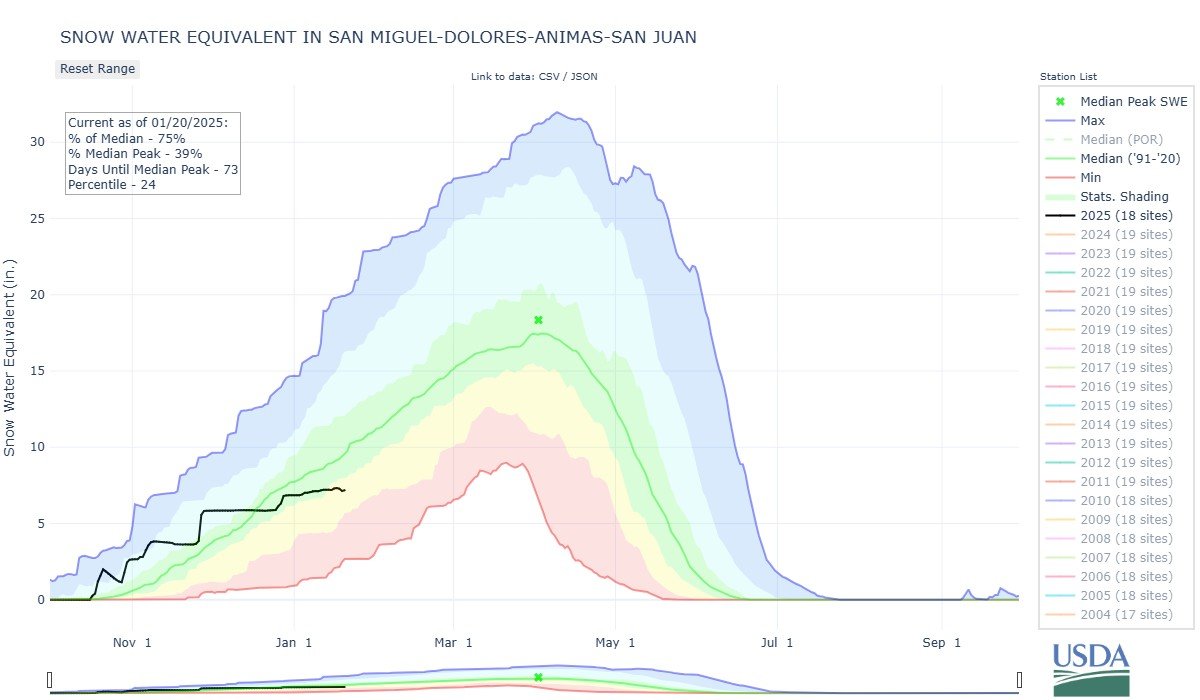CODOS UPDATE JANUARY 24, 2025: Cosmic Ray Neutron Project
Greetings from Silverton,
Bureau of Reclamation: Snow Water Supply Forecasting Program
A Center for Snow & Avalanche Studies and Colorado State University Collaboration
Demonstration and Evaluation of a Cosmic Ray Neutron Rover as an Emerging Snow Monitoring Technology for Improved Water Management
It is hard to overstate the importance the snowpack is to life on earth. We rely on water to grow food and live, and nearly 1 billion people on the planet rely on mountain snowpacks to provide the water necessary to maintain their existence and their communities. Snow is a crucial natural reservoir.
Numerous challenges are associated with measuring and monitoring the snowpack. Snow is notoriously spatially variable; where one aspect in the mountains might have depths of 1-2 meters while the neighboring aspect could be totally bare. Freshly fallen snow can have a density and water content of less than 10%, while late season snowpack can be nearly 40-50% water. Given the spatial, temporal, and financial challenges, how do we best quantify how much water is in our snowpack at a given time?
The Center for Snow and Avalanche Studies is hosting a research project in partnership with Colorado State University (CSU) to test a cosmic ray neutron sensor to measure snow water equivalent (SWE). The Center for Snow and Avalanche’s Senator Beck Study Basin is in a prime spot for snowpack studies. We sit at the headwaters of important tributaries to the Colorado River and the Rio Grande, two major river systems that supply water to communities as far as Mexico and California, irrigate croplands, and are natural ecosystems supporting diverse wildlife. We are also representative of other high alpine snow-dominated watersheds across the planet, making the monitoring we do part of a greater endeavor to understand snow processes, test new technologies, and maintain a long-term record of the natural environment.
Stationary weather stations offer invaluable data - the SNOTEL network for example is a snow monitoring network spread across the Rockies and is utilized in so many applications across the US and Canada. However, sensor, installation, maintenance and data analysis costs associated with each station are extensive.
A cosmic ray neutron rover is a non-invasive method to survey the snow. Other non-invasive methods of estimating and monitoring SWE use remote sensing, such as airborne lidar or satellite-borne sensors, to find the depth of snow. Airborne LiDAR establishes baseline ‘dry’ or ‘snow-off’ conditions, which are then used to calculate the relative difference as the snow accumulates and the season progresses. In these applications, a snow density and other modeling is needed to arrive at the water content within the snow. Cosmic ray neutron sensors have the potential to fill gaps in existing data collection methods. Stationary cosmic ray sensors are already widely used in soil moisture monitoring and agricultural applications, where farmers are trying increase the efficiency of their irrigation practices. Use of cosmic ray sensors in mobile and snow applications is still in the testing phase, with promising results so far.
What are cosmic rays, you might be wondering? Cosmic rays are actually cosmic particles travelling from space, mostly believed to originate from the sun (but also come from black holes, exploding supernovas, or colliding galaxies). Most upon hitting the earth’s atmosphere and magnetic field are stopped from entering further; however, some hit particles in the earth’s atmosphere and shatter them. A cosmic particle hitting another particle in earth’s atmosphere fractures into many secondary particles. About 90% of cosmic ray particles are hydrogen, 9% are helium, and 1% are heavier elements, like iron. When a cosmic ray particle (like a proton) impacts other particles in the earth’s atmosphere, it causes a nuclear reaction and an expulsion of particles from the particle impacted.
The collisions of cosmic ray particles and other particles in the earth’s atmosphere result in the creation of “fast”, high-energy neutrons. These neutrons travel into the soil or snow and are moderated by interacting with hydrogen in the form of H2O within the soil and snow. In the case of snow, some to most of the neutrons are blocked from returning to the atmosphere by the snowpack. Cosmic ray neutron sensors measure the moderated neutrons which have interacted and slowed due to the presence of hydrogen atoms in a radius of around 200 meters (650’). In simplified terms, the lower the neutron count, the higher the presence of water. Through processing the neutron data, we can infer the amount of hydrogen, and therefore water, in the snow or soil.
The CSU project is testing the feasibility of using a cosmic ray neutron rover (a moving sensor). This past fall, CSU and CSAS gathered soil moisture samples and took snow-free neutron counts at our study locations on Highway 550. In phase one, this winter, we will be driving Highway 550 with the cosmic ray neutron rover and taking neutron counts along the way (at a speed of 25 miles per hour, no more, no less!). We also will take stationary measurements at study sites along 550 and ground-truth the rover data with physical measurements of SWE and snow depth in a radius around the rover. Phase two, water year 2026, we will pull the rover with a snowmobile along unpaved roads to test the capabilities of determining SWE without the presence of the highway and snowbanks, while continuing to do manual measurements. Phase three, water year 2027, involves taking the rover over to the Dolores watershed. Throughout the phases of this project, our field collected data, SNOTEL, and CSAS data will also be used to evaluate the rover data.
We are really excited to be partnering with CSU on this research project! This study will be the first to extensively test a Cosmic Ray Neutron rover for SWE estimation. The data collected during this project will be applicable to current water resource issues and is a potential new tool for water resource managers and forecasters.
Potential Benefits of Cosmic Ray Neutron Rover:
Mobile: Able to collect data where and when it is most critical
Cost Effective: The cost of a rover is cheaper than installing a weather station (although the rover is not intended to replace weather stations)
Large Footprint: Provides SWE measurements over a large area (650’ radius)
Fills Spatial Gap: Fills gap between a stationary weather station (1 point), and watershed scale airborne observations (more expensive)
References:
Lerner, L. (n.d.). Cosmic Rays, explained. University of Chicago News. https://news.uchicago.edu/explainer/what-are-cosmic-rays#:~:text=Cosmic%20rays%20are%20particles%20from,and%20made%20harmless%20to%20humans
Köhli, M., M. Schrön, M. Zreda, U. Schmidt, P. Dietrich, and S. Zacharias, 2015, “Footprint Characteristics Revised for Field-Scale Soil Moisture Monitoring with Cosmic-Ray Neutrons,” Water Resources Research, 51, 5772-5790, doi:10.1002/2015WR017169.
Zreda, M., W.J. Shuttleworth, X. Zeng, C. Zweck, D. Desliets, T. Franz, and R. Rosolem, 2012, “COSMOS: the COsmic-ray Soil Moisture Observing System,” Hydrology and Earth System Science, 16, 4079-4099, doi: 10.5194/hess-16-4079-2012.
Schrön, M., S.E. Oswald, S. Zacharias, M. Kasner, P. Dietrich, and S. Attinger, 2021, “Neutrons on Rails: Transregional Monitoring of Soil Moisture and Snow Water Equivalent,” Geophysical Research Letters, 48, e2021GL093924, doi: 10.1029/2021GL093924.

